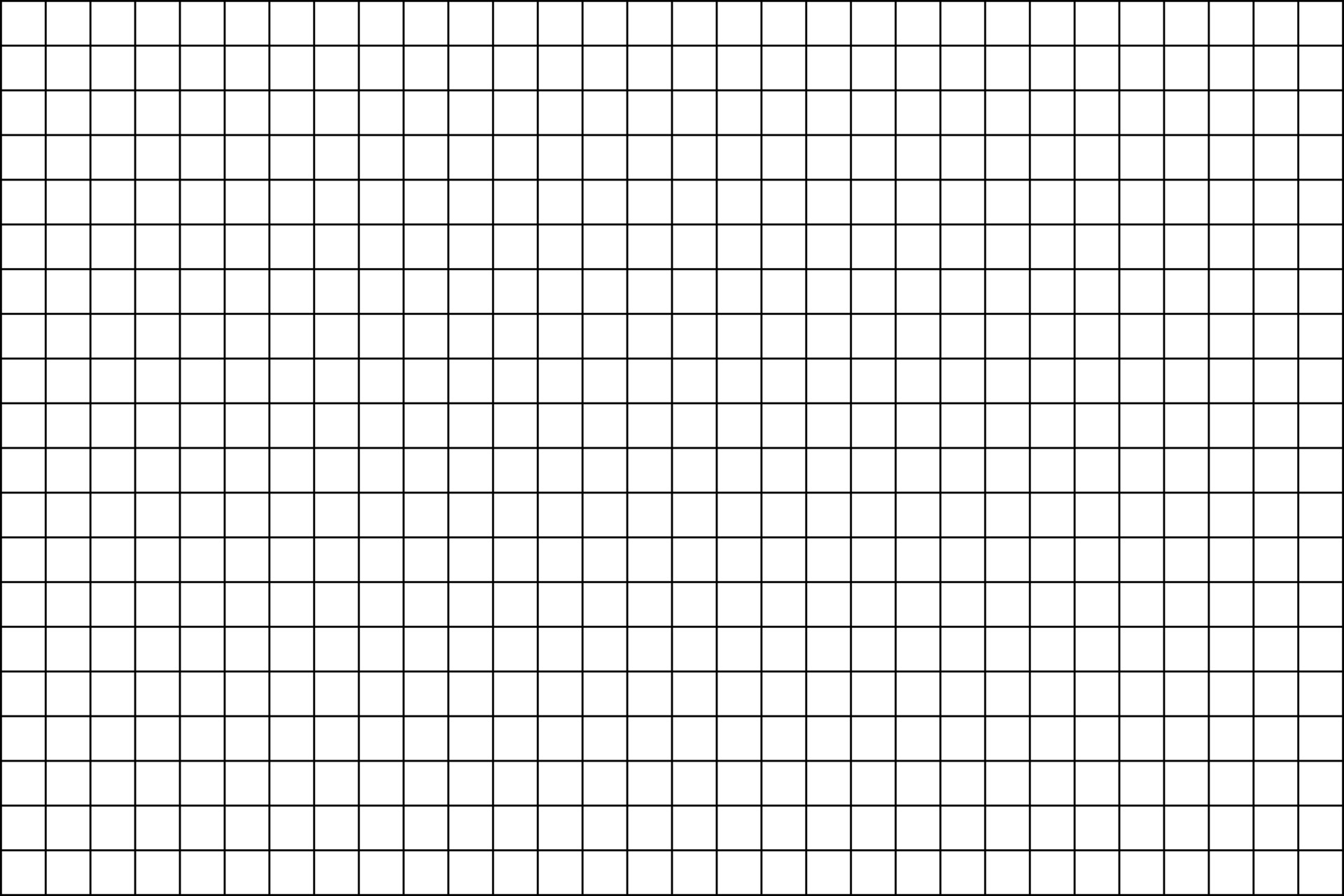
Use the stars package which does allow you to pass GDAL options: s = stars::read_stars("04010588800801.mbtiles", As you go out you lose detail, and below level 13 you just get the overview maps.Ī slightly more direct way to read from the. The other zoom levels might be useful to you so convert them using the gdal_translate procedure above. If this is what you want then I strongly suggest you try and get vector data from the supplier and not have to do all this! Remember this is only raster image data so if you want the coordinates of those points you'll have to create a new layer in QGIS and manually create a point data set over the imagery. Here's an extreme zoom into level 17 in QGIS showing the limits of the resolution: Note this is quite a high resolution image so you can't read the labels, but if you zoom in (or load into QGIS and interact there) you can read the labels. Reading and then plotting this level 17 RGB image can then be done: > z17 = raster::stack("z17.tiff") This I can do with gdal_translate on the command line or via the gdalUtils package to create a GeoTIFF for a given zoom level, using USE_BOUNDS=NO to constrain the output to only where tiles exist:Ĭommand line: gdal_translate -oo ZOOM_LEVEL=17 -oo USE_BOUNDS=NO 04010588800801.mbtiles zoom17.tiff

We could load this into R, but that size is enormous and I can't find a way to select a given zoom level and a given range based on the valid tiles. Gdalinfo shows a few things about the mbtiles file: $ gdalinfo 04010588800801.mbtiles Thank you.First convert the tpk file to mbtiles using the tpk conversion utilityįrom tpk export mbtiles 04010588800801.tpk 04010588800801.mbtiles
#GRIDDED IMAGES FREE#
Saved Images - Access all your saved grids at your convenience.įeel free to contact us, if you have any questions or suggestions. Adjust brightness, contrast, saturation and hue of image.Ģ7. Flip Image vertically and horizontallyĢ6. Effects - Black and white, Bloom, Cartoon, Crystal, Emboss, Glow, Gray Scale, HDR, invert, Lomo, Neon, Old school, Pixel, Polaroid, Sharpen and Sketch.Ģ3. Pixel - Get the HEXCODE, RGB & CMYK value of a selected pixel on the reference photo.Ģ2. Compare Drawing - compare your drawing in real-time with the reference picture.ġ9. Cell Measurements - get the exact cell size (Pixels (px), Inches (in), Millimeters (mm), Points (pt), Picas (pc), Centimeters (cm), Meters (m), Feet (ft), Yards (yd))ġ7. Image Measurements - get the exact image size (Pixels (px), Inches (in), Millimeters (mm), Points (pt), Picas (pc), Centimeters (cm), Meters (m), Feet (ft), Yards (yd))ġ5. Increase or decrease the thickness of grid lines.ġ4. Label Size and Label alignment (Top, bottom, left and right).ġ3. Enter number of columns and X-axis offset.ġ2. Enter number of rows and Y-axis offset.ĩ.

Enable / Disable Grid drawing over picture.Ĩ. Select or share an existing image from your favorite file manager and apps. Select an existing image from your Gallery. Our grid drawing app also comes with a lot of tools that aids accurate and timely transfer of your reference photo to your work surface.ġ. Grid Maker For Drawing will help you draw accurate grids over your reference photo with tons of customizations. You then draw the image on your canvas, focusing on one square at a time, until the entire image has been transferred. Grid drawing technique involves drawing a grid over your reference photo and then creating a grid of the same ratio on your work surface (wood, paper, canvas, …).


 0 kommentar(er)
0 kommentar(er)
